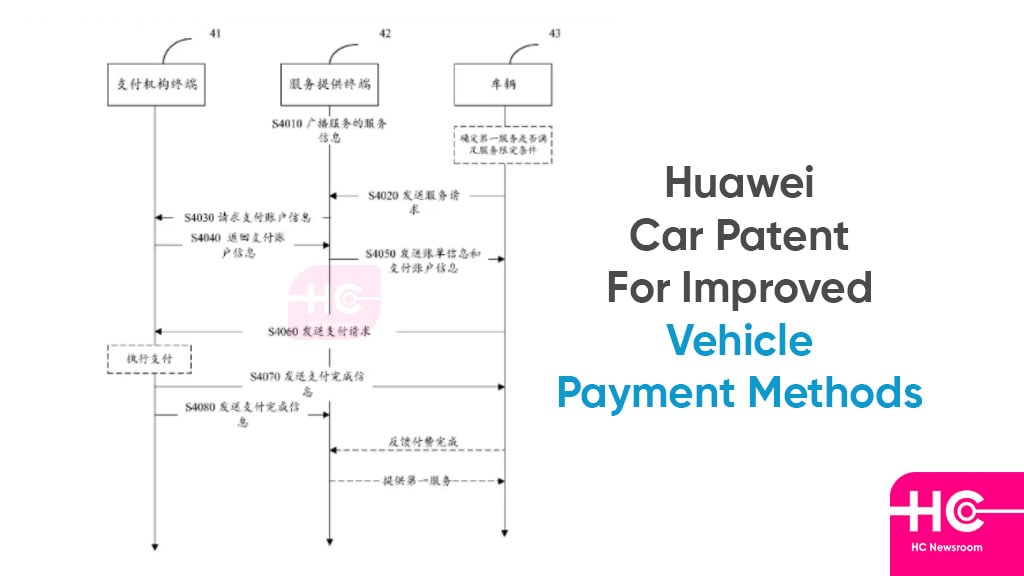Patent
Huawei announced new car patent for improving vehicle payment methods

Huawei has again turned itself to the car patent section, but this time the topic is quite different. According to the information, Huawei has filed an innovative and thoughtful car patent for bringing some productive improvements in the vehicle payment methods.
The company is constantly trying to introduce some best products and mechanisms for its consumers. In doing so, it keeps on tackling various types of technologies that can provide users with more comfort and convenience. At the moment, Huawei is initiating a step towards the vehicle payment method with the new patent.
The title of the patent reads as A V2X-based vehicle payment method and its equipment. This indicates that Huawei will revamp the payment infrastructure of intelligent automobiles. Besides, these payment mechanisms will keep their legs on the V2X system.
Generally, V2X (Vehicle-to-everything) is a communication system. It allows vehicles to communicate with other entities in the surroundings with a wireless system. Thus, the new implementation will be able to work in all kinds of payment scenarios.

How the new vehicle payment method will work?
The latest information reveals that the service requesting department will work on the development process of the payment system. This advanced system will comprise a receiving service information broadcast element, based on the Pc5 interface as well as a sending service request element.
The service request will include the account information of the user. Ahead, the service section will help in translating the payment information and will represent it on the Uu (Unix-to-Unix) interface. Ultimately, this mechanism will make the transaction process much more efficient for the users.
So far, Huawei has applied for numerous patents regarding the aspect of the smart vehicle. For instance, automated unlock doors, car charging piles, smart driving car black boxes, and more. However, this would be the first attempt concerning the payment-oriented services of the vehicle.
(Source)






